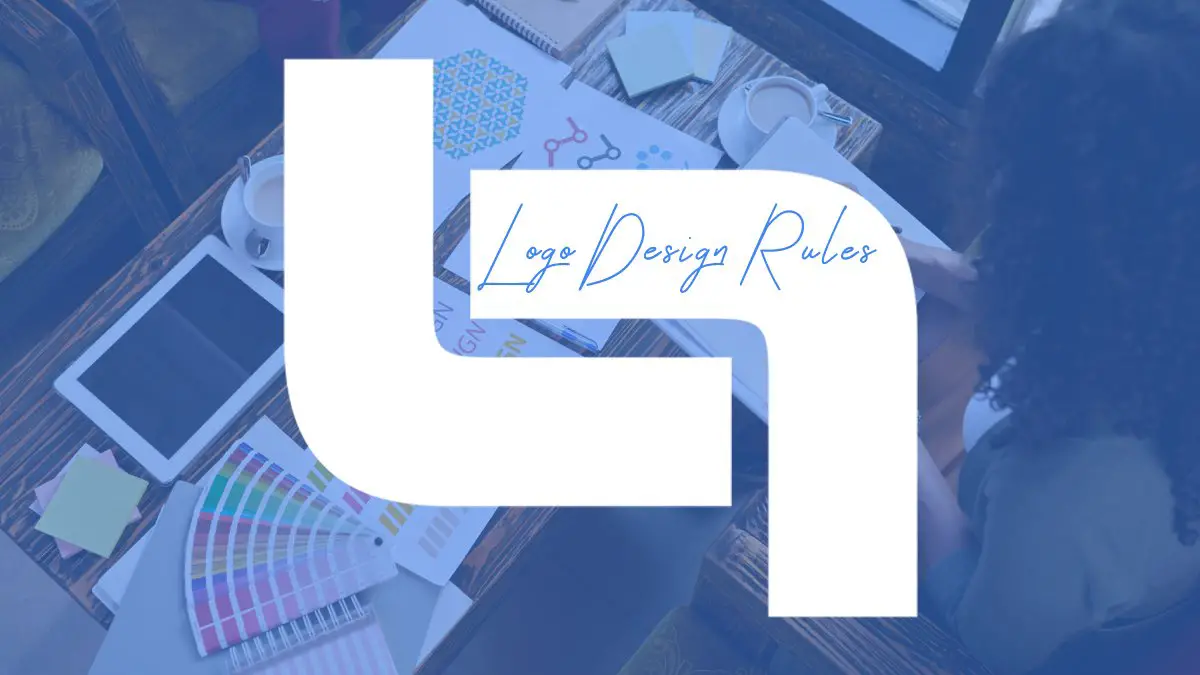Making a good first impression is crucial. Customers notice a company’s logo the first time they see it, and it must be memorable. Any company’s most important purpose is to reach out to potential customers or clients and persuade them to do business with them.
Logo designers are graphic designers that specialize in creating logos. They’re in charge of designing logos that represent brands appropriately and positively. A logo is made up of many different elements, and no two designers work the same way. On the other hand, most logo designers follow a set of basic rules. We will dive deeper into these rules right now.
Logo design has become effortless due to the availability of the online logo maker. Besides following certain design rules, you can also rely on these tools to find logo design and eliminate the need to put efforts from scratch. These logo makers come with a wide range of templates that can help you generate a logo for any kind of business without observing intricacies. In addition, the fully-layered logo designs provide you the freedom to show your own creativity and desire the brand image the way you desire.
Preliminary planning is vital
It should go without saying that logo design requires thorough consideration like any other design. Some designers are impatient. They want to skip past the critical stages of planning. Steps like brainstorming ideas and experimenting with different styles get cut. As a result, the final product isn’t really impressive.
The creation of a logo does not take place in a vacuum. It demands substantial communication and collaboration between a designer and their employer. The first stage of logo creation is probably the most important. This is an ideal opportunity for everyone to collaborate and reach an agreement on the final logo design.
Balance is important
When it comes to art in general, there are no rules set in stone. A logo, on the other hand, has a very specific function: it represents the company’s brand as well as its defining qualities, and it appeals to potential customers and clients.
Symbols, text, and colors are widely used in logos, and they must be calibrated to produce the desired effect. Symmetry, contrast, color, shapes, patterns, and movement all contribute to a healthy balance in a logo.
A selection of colors
While logos must be visible, this does not mean they have to be loud or flamboyant to be eyecatching. Seeing a design with a lot of colors can be confusing. Picking out the most important component becomes tough when you’re trying to examine too much data at once. With the exception of Google’s rainbow palette, the most iconic logos usually contain a maximum of three colors. Mcdonald’s bright yellow and Twitter’s light blue logo are all easily remembered due to their simple aesthetics.
One font
The typeface used is one of the most important components for a logo designer. Different typefaces and typography become associated with the company they represent, much like different colors are associated with various businesses.
It’s easy to see how important typeface selection is in logos when you look at companies like Disney, HBO, and CNN. These logos are easily identifiable and communicate the information that is required.
Communicate and collaborate
A logo is not the work of a single individual. While a talented graphic designer is required for the construction of a logo, starting the process without adequate input from the company in question is like trying to build a house without a foundation.
To create something visually appealing and memorable, a designer might combine a range of aspects. To capture the soul of a brand, however, persistent and open communication and collaboration are essential. Even if a client isn’t aware of design principles, they are aware of their brand and what it stands for.
Create a link between the logo and the company
Logo designers face the difficult task of creating an aesthetically pleasing graphic that also reflects a brand’s identity and ideals. Each company desires a distinctive logo that customers will recall and associate with the brand.
Although logos do not have to be literal, they must establish a connection with the product. Even tho it looks nothing like a running shoe, Nike’s logo is instantly recognizable and is associated with the footwear brand. It’s easily identifiable, and customers associate it with the footwear brand.
Finally – Simplicity
Just KISS, Keep it Simple, Stupid! This idea, which was first used decades ago in the US Navy, should be followed by all designers, whether they’re producing a logo or a magazine cover. All aspects of a logo should be kept basic, including colors, typography, structure, and overall composition. The simpler the situation, the better. Consumers just do not have the capacity to remember sophisticated logos when there are so many around them.
Conclusion
Even though logo creation is a creative process and, as such, involves a lot of subjective approaches and feelings need for such a thing, there are universal guidelines that are present in most recognizable logos. This set of rules stems from experience and has been proven true throughout the history of logo design.




